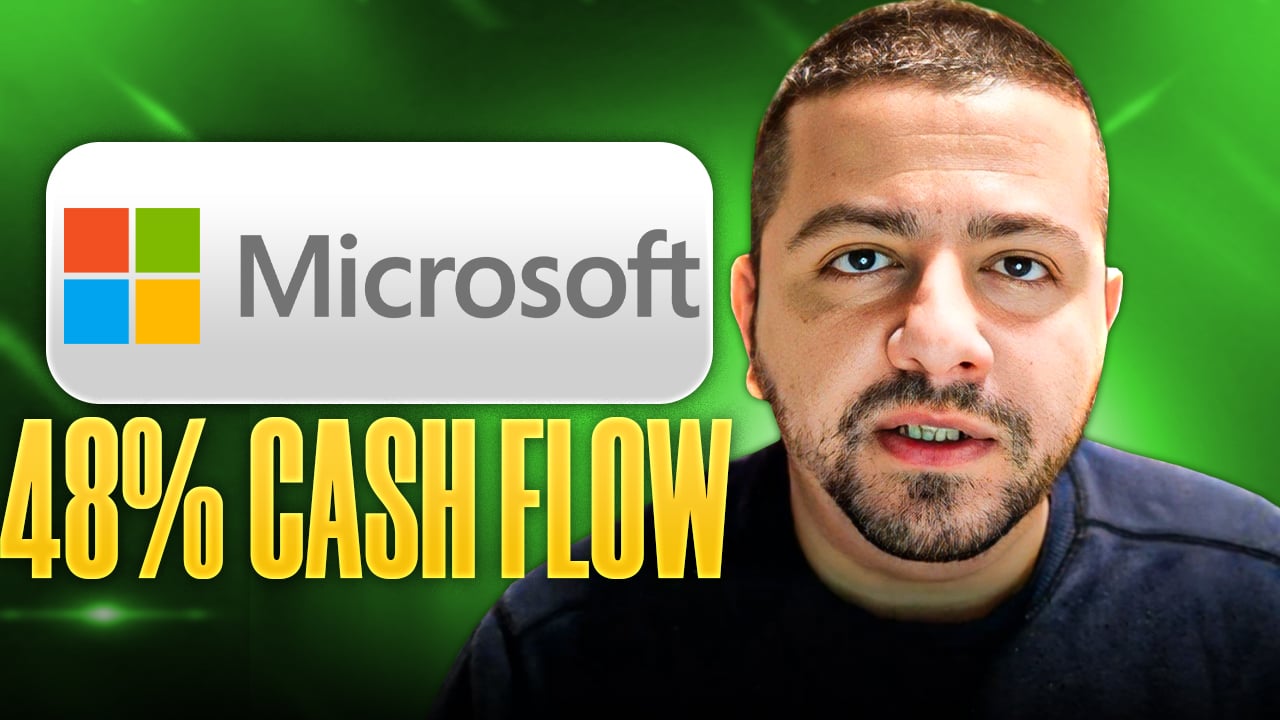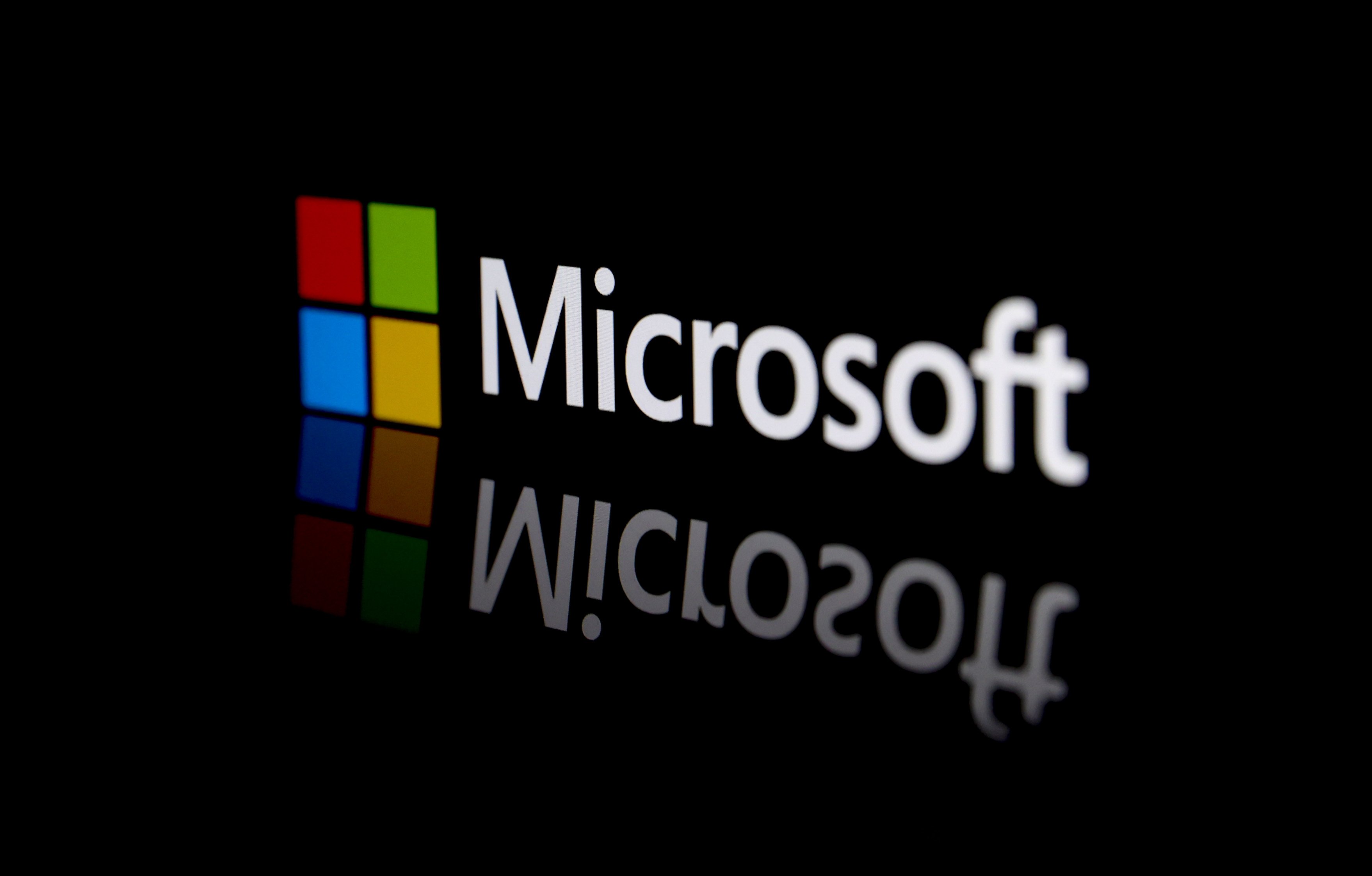By most indications, Microsoft's (MSFT +0.22%) foray into hardware is meeting, if not exceeding, expectations. Of course, you'll never hear that from CEO Steve Ballmer, and by extension the rest of Microsoft's management team. Ballmer is notoriously hush-hush about sales results, and not just those pertaining to Microsoft's new Surface tablet; most anything to do with what he views as "predictions" are taboo.
For example, when the Wall Street Journal asked about early sales of Microsoft's Surface a week or so back, his response was vintage Ballmer, "Numerically there's not really much that's interesting to report. If you were to call the retailers, they would say, 'Hey, off to a very good start.' We're out of stock a lot of places on touch[screen] machines." So you can bet there won't be any comments regarding the report issued on Nov. 5 by research firm IHS iSuppli detailing the results of a teardown analysis of Microsoft's Surface vs. Apple's iPad.
Surface, piece by piece
Microsoft's Surface RT comes with a minimum of 32 GB, flash memory, and an optional screen to protect your tablet called a "Touch Cover." There's little doubt Surface RT is designed to go head-to-head with the Apple iPad, and the profit each tablet generates for its respective manufacturer is significant, particularly for the more established Apple iPad because of both solid margins and sheer volume. But on an individual basis, Microsoft has a couple of margin-related tricks up its sleeve.
At $599, the Surface RT sporting the touch cover screen carries with it a bill of materials cost of $284. The 53% profit margin for each Surface tops the approximately 50% Apple generates with each iPad sale. Three percent may not seem like a lot, but with as many as 1 billion mobile computing units -- smartphones and tablets, in particular -- expected to be sold in 2013 (according to Gartner Research), 3% adds up in a hurry.
One of the more intriguing aspects of the IHS Surface and iPad comparison teardown report is the estimated manufacturing costs of the optional touch cover for the Microsoft tablet. The cover has a retail price of $101, but costs Microsoft an estimated $16 to $18 to manufacture, according to the IHS review. Even without the cover, the $499 Microsoft Surface has a higher profit margin than a comparable Apple iPad.
A smartphone cometh?
The profit margins for Surface reinforce the notion of a Microsoft in-house smartphone on the horizon. The only surprise surrounding Microsoft manufacturing its own smartphone is if it doesn't happen. In a sense, the Nokia (NOK +2.27%) Lumia and smartphones from Samsung and HTC running Windows 8 are the ultimate beta tests. As the inevitable glitches and user feedback occurs, it will be Nokia, Samsung, and HTC that will bear the brunt of their customers' feedback.
Come 2013, or perhaps early 2014, a Microsoft smartphone will hit the shelves with an OS that's been fully vetted -- in this case, on someone else's dime. And you can bet a Microsoft smartphone will generate industry-leading margins per unit, just as the Surface does. A $100 smartphone cover, anyone?
Google's (GOOG +1.47%) Nexus got a jump-start on Microsoft's tablet offering, and Amazon.com's (AMZN +0.21%) Kindle Fire remains a competitive, entry-level alternative. But iPad sales, Google hitting 1 million Nexus units sold per month, and what most agree are solid Surface sales numbers, all make it pretty clear the tablet bar is being raised. If Amazon wants its Kindle to attract more than e-reader users, it's going to need to keep up.
With profit margins over 50%, it's easy to see why Microsoft's strategic shift to becoming a hardware provider was just a matter of time. The potential profits are simply too big to ignore.
Microsoft's 3.15% dividend yield, conservative valuation relative to its peers, and a highly profitable hardware business that's already picking up steam make it a must-have portfolio addition for mid- and long-term investors.







